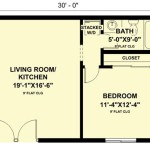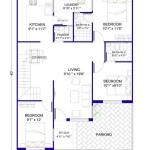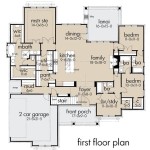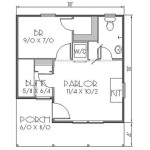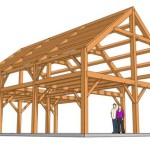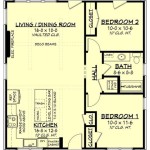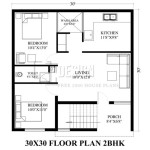Walk-In Closet and Bathroom Floor Plan: A Guide to Designing Functional and Stylish Spaces
Designing a walk-in closet and bathroom is an exciting undertaking that combines form and function. By understanding the key elements of space planning, you can create a space that not only meets your storage and grooming needs but also enhances your daily routine.
Walk-In Closet Considerations:
1. Dimensions and Layout: Determine the optimal dimensions of your walk-in closet based on the amount of storage needed and the available space. Consider the length, width, and height, ensuring there is ample room for clothes, accessories, and seasonal items.
2. Storage Organization: Plan for a variety of storage options, including hanging rods, shelves, drawers, and shoe racks. Optimize vertical space by incorporating stackable bins and drawers. Consider the height of your hanging items and the accessibility of different storage areas.
3. Lighting: Natural light is ideal for walk-in closets, but if this is not possible, install ample artificial lighting. Use a combination of overhead, recessed, and task lighting to illuminate specific areas, such as mirrors and drawers.
4. Ventilation: Proper ventilation is crucial to prevent musty odors and maintain air quality. Incorporate windows, exhaust fans, or air purifiers to circulate air and reduce moisture.
5. Accessories and Amenities: Enhance the functionality of your walk-in closet with accessories such as a vanity mirror, island with drawers, or a small refrigerator for snacks and beverages.
Bathroom Floor Plan Considerations:
1. Layout and Accessibility: Plan the bathroom layout with accessibility in mind. The placement of fixtures, such as toilets, showers, and sinks, should allow for comfortable movement and easy access.
2. Fixture Selection: Choose bathroom fixtures that complement the style of your home and meet your functional needs. Consider the size, shape, and materials of toilets, sinks, and showers.
3. Lighting: Bathrooms require multiple sources of lighting for various tasks. Incorporate natural light if possible and add overhead, vanity, and accent lighting to ensure proper illumination.
4. Ventilation: Adequate ventilation is crucial to remove moisture and odors. Install exhaust fans or windows to circulate air and prevent mold and mildew buildup.
5. Storage: Plan for ample storage space in the bathroom. Consider vanity drawers, under-sink storage, and wall-mounted shelves to accommodate toiletries, towels, and other bathroom essentials.
6. Safety Features: If the bathroom is designed for elderly or disabled individuals, incorporate safety features such as grab bars, accessible showers, and non-slip flooring.
By carefully considering these elements, you can create a walk-in closet and bathroom floor plan that offers both functionality and style. Remember to consult with a professional designer or architect to ensure optimal space planning and a design that meets your specific needs and preferences.

7 Inspiring Master Bedroom Plans With Bath And Walk In Closet For Your Next Project

37 Wonderful Master Bedroom Designs With Walk In Closets

Master Closet Bathroom Design Making A Plan Of

Design Dilemma Of The Master Bathroom Walk In Closet

Our Bathroom Reno The Floor Plan Picking Tile Young House Love

Primary Bedroom Layout With Walk In Closet

The Walk Through Closet In This Master Bedroom Leads To A Luxurious Bathroom

Bedroom With Walk In Closet

Walk In Closet A Design Blog

Is A Walk In Closet Off Your Primary Bath Bad Idea Arieli Custom Homes

